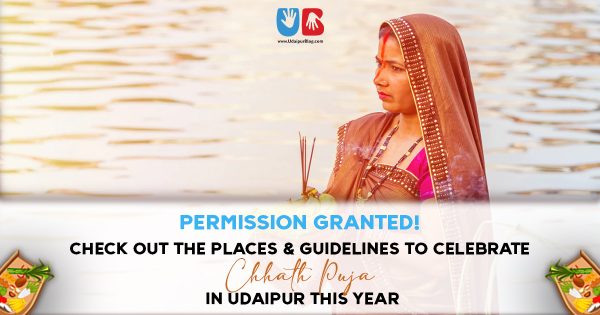Posted inFestivals
Permission Granted! Check Out The Places & Guidelines To Celebrate Chhath Puja In Udaipur This Year
A sense of divinity, a sense of prosperity runs through the veins in this 4-day festival of Chhath Puja. Chhath is one of the most important and religious Hindu festivals…
